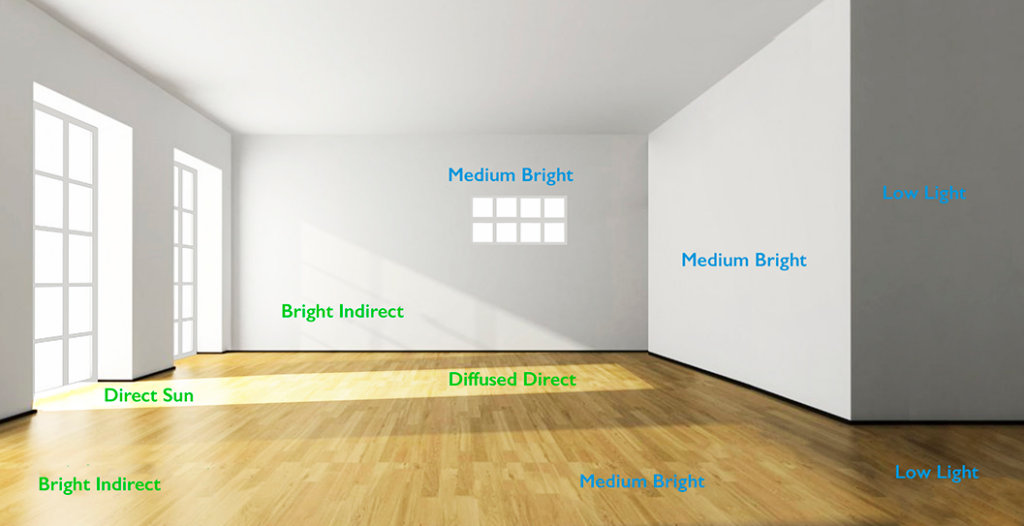Let’s start by defining a few key terms to be aware of, specifically PAR and PPFD.
Photosynthetically Active Radiation (PAR) is the part of the light spectrum that plants can “see” and thus utilize for photosynthesis (that plant energy). Photosynthetic Photon Flux Density (PPFD) is the amount of PAR light that hits a square meter every second. Another way of thinking about PPFD is that it is the measurement of light intensity that hits your plants. Now let’s talk “lumens”. Lumens measure the brightness of light as seen by human eyes, but doesn’t take into account light intensity.
“Lumens are for humans, PPFD is for plants”
Don’t trust your eyes alone. Our eyes view brightness levels of light in lumens (thanks retina!). Different people have varying levels of light sensitivity too, which makes it even more important to not rely on your eyes when assessing your plant’s light needs. I strongly recommend using a light meter to help with this process. I use the Apogee MQ-500, but there are many other options out there!

Bright, Direct Light
This is any area that receives unfiltered/unobstructed/direct sunlight.
When measuring using a meter (like the Apogee MQ-500), the values would be a typical range of 800-1,000+.
Bright, Indirect Light
Not only one of the most common phrases used when describing a plant’s lighting requirements, but also one of the most frustrating due to the many different interpretations of what this lighting level is. Many conclude that this describes a lighting level that is either not in the direct path of the sun’s rays or is filtered.
When measuring using a meter (like the Apogee MQ-500), the values would be a typical range of 150-800.
Medium Light
Medium lighting is light that is diffused (e.g., sheer curtains) between the plant and the sun. Really, any lighting scenario that involves partially obstructing the path of light to your plants results in medium light.
When measuring using a meter (like the Apogee MQ-500), the values would be a typical range of 80-150.
Low Light
Low light is a spot that receives very little light.
When measuring using a meter (like the Apogee MQ-500), the values would be a typical range of 20-80.
Important
The aroids I primarily collect are Alocasia, Anthurium, Monstera, and Philodendron. I’ve found that most of these will do very well if they are receiving light with a PPFD value in the range of 75-400.